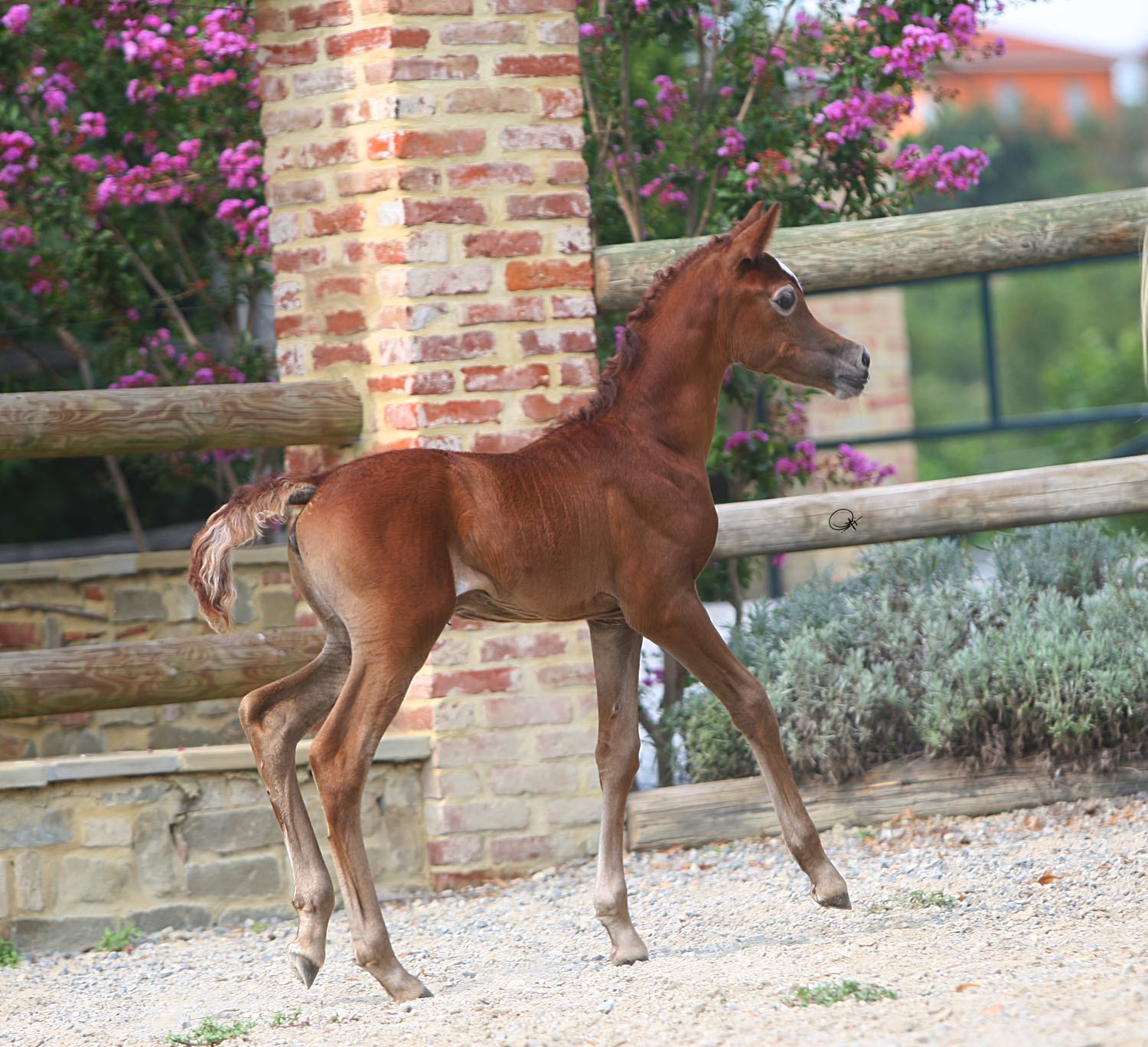


Occasionally, pancreatic ductal epithelial cells, including sloughed epithelial cells, contain a round to oval, 15 to 20 um diameter, smudgy, basophilic intranuclear viral inclusion body that marginates the chromatin. Often, ductal lumina contain sloughed epithelial cells admixed with necrotic cellular debris. Often, ductular epithelial cells display one of the following changes: swollen with vacuolated cytoplasm (degeneration), hypereosinophilic cytoplasm with karyorrhexis or nuclear pyknosis (necrosis), or are piled up to four layers with vesiculate nuclei (hyperplasia). Multifocally, pancreatic acini are decreased in size (atrophy). Pancreas: Multifocally, moderate fibrous connective tissue surrounds pancreatic ducts and separates, surrounds, and replaces acinar cells (fibrosis). Hassall’s corpuscles are admixed with moderate numbers of macrophages, eosinophils, and few lymphocytes. There is diffuse lymphoid hypoplasia with lack of a discernible cortex and medulla, and reticuloepithelial cell network is very prominent. Thymus: All thymic lobules are diminutive and are surrounded and separated by abundant adipose tissue. Moderate numbers of neutrophils and a mild increase in macrophages throughout the red pulp vascular spaces. The periarteriolar lymphatic sheaths (PALS) are devoid of resident T lymphocytes and are surrounded by multiple layers of macrophages (PALS collapse) and there is an absence of primary follicles. HISTOPATHOLOGIC DESCRIPTION: Spleen: Diffusely, there is a paucity of white pulp. HISTORY: The foal was normal at birth, but developed respiratory disease at one week of age. 1 = Normal allele 2 = Variant allele.Signalment (86-6580): 7-week-old male Arabian foal Homozygous Normal Females (1-1) and Hemizygous Normal Males (1, only one X chromosome) are not expected to develop signs of Severe Combined Immune-deficiency (X-Linked SCID) and none of their offspring will inherit the disease variant allele. 1 = Normal allele 2 = Variant allele.ġ-1 (Homozygous Normal in Female) or 1 (Hemizygous Normal in Male) Parents, offspring and relatives should also be tested. Heterozygous Carrier Females (1-2) are not expected to develop signs of Severe Combined Immune-deficiency (X-Linked SCID) but each of their offspring has a chance of inheriting a disease variant allele. You may choose to contact us for a consultation on the management of this disease.

Hemizygous Affected Males (2, only one X chromosome) are expected to develop signs consistent with Severe Combined Immune-deficiency (X-Linked SCID) and only their female offspring will inherit a disease variant allele. Homozygous Affected Females (2-2) are expected to develop signs consistent with Severe Combined Immune-deficiency (X-Linked SCID) and all of their offspring will inherit a disease variant allele. 2-2 (Homozygous Disease Variant in Female) or 2 (Hemizygous Disease Variant in Male)


 0 kommentar(er)
0 kommentar(er)
